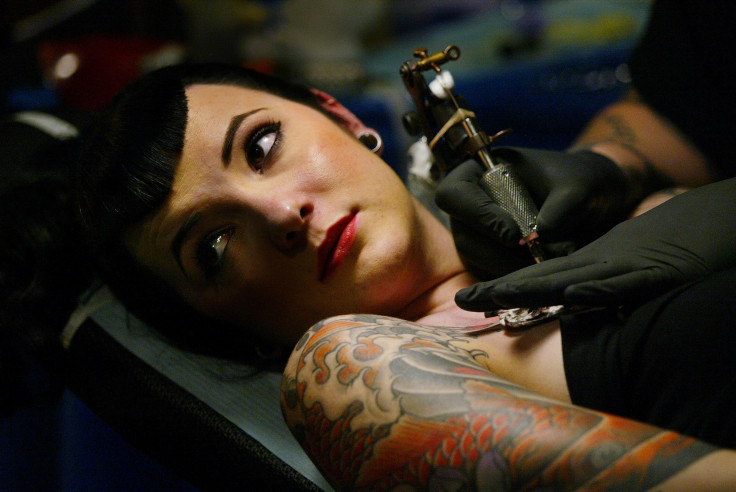Scleral Tattooing: What Are The Risks Associated With Tattooing Eyeballs

Scleral tattooing progressed from the eyeballs of pigs in butcher shops to people looking for iris-popping artwork, if that doesn't sound painful enough maybe the fact it temporarily turns your tears black wouldn't keep you from crying.
The daredevil artwork was pioneered by artists after trial and error procedures and is categorized as a rising star in the extreme body modification art world.
Tattoo and body modification artist Russ Foxx told Huffington Post that some of the side effects experienced from too much ink in the eyes are long headaches, extreme sensitivity to light, and migration and staining of ink to the immediate tissues. Obviously, these risks go up if you have previous eye problems or contact lenses.
Recently, a 39-year-old Rodrigo Fernando dos Santos from Rio de Janeiro, Brazil who already has an extensive number of tattoos on his body decided to get his eyeballs tattooed. He told G1 that he wept black tears for the next two days.
"Nobody inspired me, I did it to remain different," Santos said.
While the artist who inked Santos said there was no drilling or risks involved and added that he studied for two years before his first procedure in 2012, Foxx adds some of the other risks associated with sensitivity and allergic reactions to the compounds making the ink.
He addressed red inks and UV reactive inks could transpose to something more harmful, so he stresses these procedures are experimental. In extreme cases it could lead to permanent blindness and eye loss.
The U.S. Food and Drug Administration has not approved any of the pigments used for tattoos, including ultraviolet and glow-in-the-dark tattoos. The indicated most of the colors used in the art are used for printers and cars.
Some other trending body modifications are body suspensions, branding, 3D-art implanting, and corset piercings, but it's not to be confused with eventful and cultural modifications seen on the National Geographic segment called "Taboo."



























